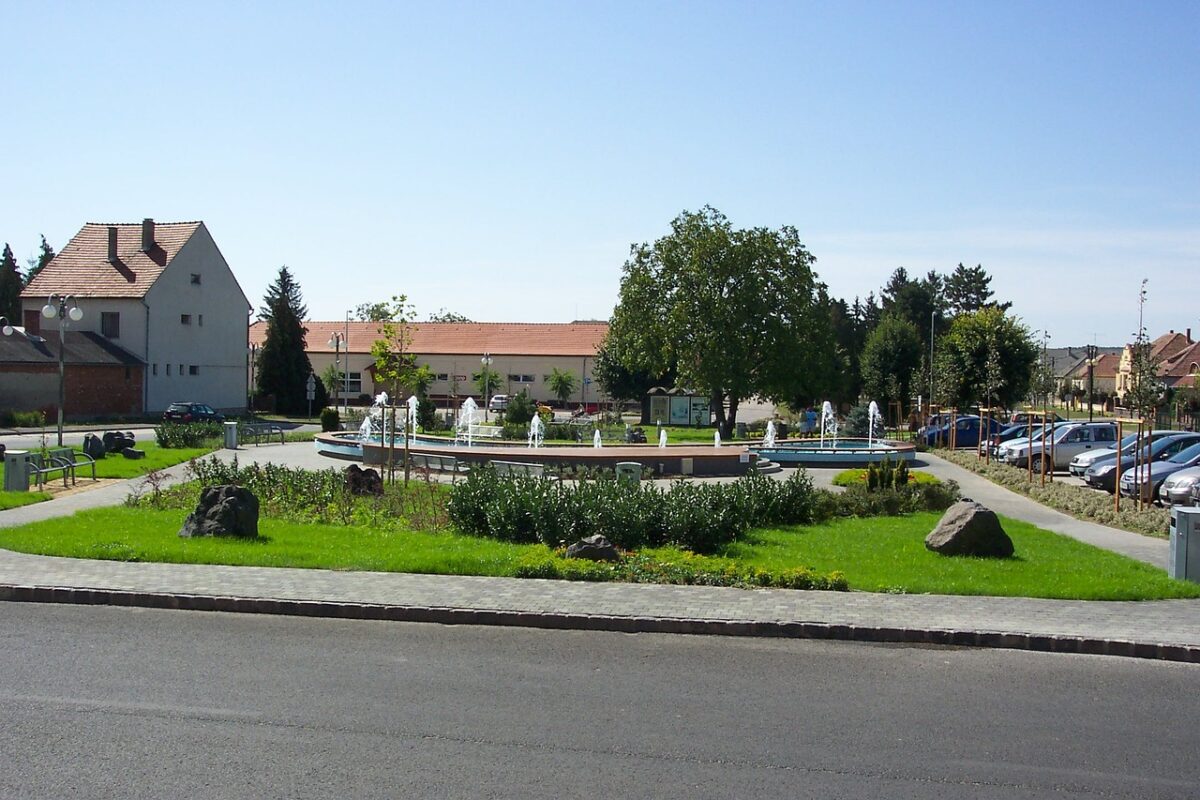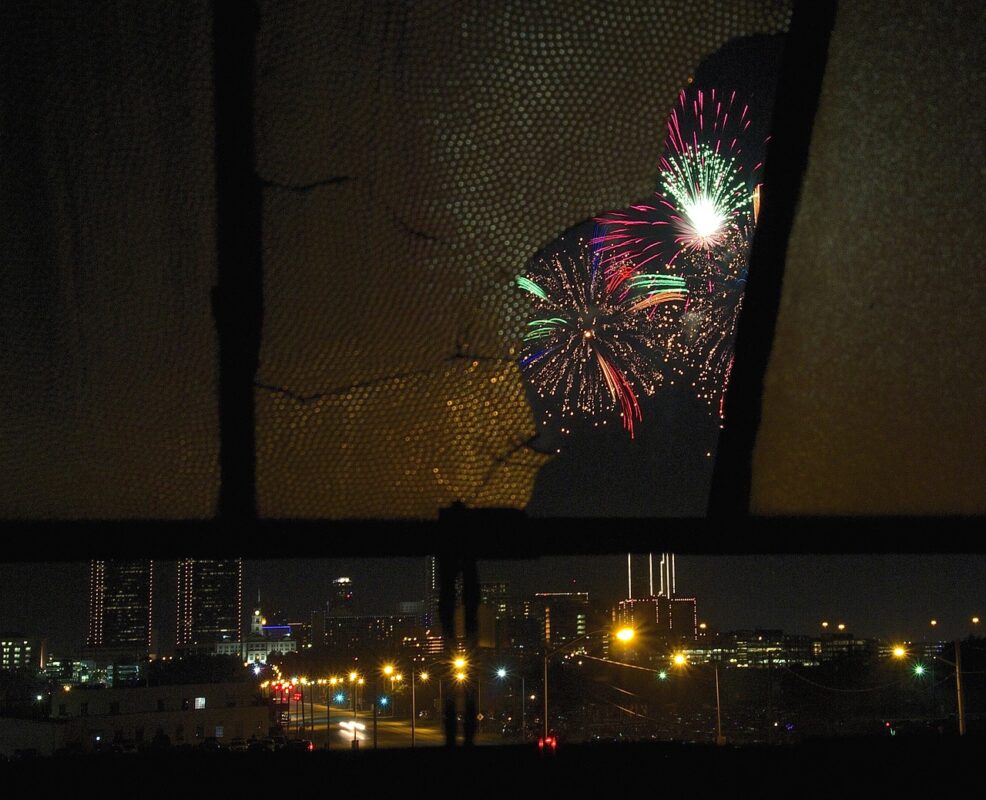Imagine you’re walking down Main Street, U.S.A, with its beautiful buildings that look like they’re from a long time ago. Wouldn’t it be fun to learn the secrets behind these fancy structures? In “Unveiling the Secrets: Understanding the Architecture of Main Street, U.S.A.”, you’ll discover the wonderful stories of these buildings, their designs, and the people who made them. Along your journey, you might find some things confusing or hard to understand – don’t worry, that’s completely normal! We’re going to explore together, and we’ll make sure it’s not only a learning journey, but a fun one too! So, get ready and tie up your sneaker laces for this amazing architectural adventure.
The Evolution of Main Street, U.S.A. Architecture
Main Street, U.S.A., didn’t pop up overnight! It’s grown, bit by bit, over many years. Think of it like a big, living art project that people keep adding to. Like your favorite box of Lego bricks, each new piece brings something special to the set.
Colonial Influence on Main Street, U.S.A.
In the old days – long, long before TV shows, computers, or even cars – America was just starting out. This was the ‘Colonial’ era, when many buildings looked like large, roomy boxes with tall, pointed roofs. This style was popular because it was easy to build, and it helped houses stay warm in winter and cool in summer. When you walk down Main Street, U.S.A., you can still see many buildings that look like they belong in the Colonial era.
Evolution Towards Modern Architecture
As more years passed by, people began to play with building styles. Now they were drawing inspiration from all sorts of places—the shapes in nature, the sleek styles of big cities, even the simple elegance of geometric shapes! This was the dawn of what we call ‘Modern’ architecture. Nowadays, these fresh and funky buildings are just as common on Main Street, U.S.A., as the older ones.
Impact of Economic Factors on Architectural Evolution
Did you know that money can shape buildings too? During times when lots of people have money, they like to build big and bold buildings. But when money is tight, buildings tend to become simpler and less fancy. Every building tells a story not only about design but also about the people who built it.
Architectural Styles Found on Main Street, U.S.A.
Main Street, U.S.A., is like a big outdoor museum of architecture. As you journey down it, you find different types of charming buildings, all shaping the street’s personality.
Victorian Buildings and Their Distinctive Features
Some houses and buildings might remind you of a princess’s castle. These are known as ‘Victorian’ buildings. They’re full of fancy decorations, high towers, and rounded windows. It’s like they’re dressed up for a grand ball all year round!
Art Deco Architecture and Its Impact
Then there are the ‘Art Deco’ buildings. They are like no other—you’ll know them by their sleek, streamlined shapes and exciting colors. They often have bold patterns on facades and may remind you of a superhero’s secret lair.
Colonial Revival Structures
Remember the Colonial era we talked about earlier? People missed that style so much that they started to bring it back in a fashion known as ‘Colonial Revival’. These buildings are a modern take on the colonial boxy styles, but with a few extra frills and a more playful spirit.
Modernist Buildings and Their Influences
The ‘Modernist’ buildings are the cool kids on the block. They love clean lines, big windows, and minimalist design. They’re not about being fancy—they’re all about being simple, sleek, and sophisticated.

This image is property of pixabay.com.
Main Street, U.S.A. as a Cultural Reflection
Just like your choice of clothes can tell others about you, the architecture of Main Street, U.S.A., tells a story about America’s history and culture.
Architecture as a Cultural Mirror
Buildings are like a mirror showing what’s important to a society at that time. Some buildings might have been made to impress, showing off exciting new designs or materials, while others could be straightforward and robust, reflecting a simple, honest lifestyle.
Reflection of American Values and Aspirations
Every architect’s design can reveal a piece of the American dream. Some buildings show the value of hard work in their sturdy foundations and walls. Others may depict the ambition and achievement, reaching high into the sky like a superhero!
Influence of Popular Culture and Cinema
Our favorite movies and TV shows can inspire us a lot. They can even influence how buildings are designed. On Main Street, U.S.A., you will come across buildings that reflect the glamour and excitement of Hollywood or capture the sense of adventure found in Western films.
Architectural Modernism and Main Street, U.S.A.
The introduction of ‘Modernist’ architecture on Main Street, U.S.A., gave this historic place a fresh new look.
Intro of Modernism Into Small Town American Architecture
Modernism brought a breath of fresh air to small-town America. It was like buying a brand-new outfit after wearing the same old clothes for many years. Suddenly, buildings that were once simple boxes became works of art with clean lines and smooth forms.
Contrast Between Old and New Styles
Just like adding a bright, colorful piece to your room can change its look entirely, modern buildings brought exciting contrast to Main Street, U.S.A. They stood next to older structures and showed how far we had come in our ways of building.
Criticisms and Applauds for Modernist Influence
Some people were thrilled with these changes, appreciating the new ideas and designs. Others, however, loved the old styles and were skeptical about these new buildings that looked so different.

This image is property of pixabay.com.
Sustainability and Futurism in Main Street Architecture
Today, architects and builders are thinking of new ways to make buildings more Eco-friendly and ready for the future.
Incorporation of Eco-Friendly Features
Just as you might help take care of the environment by recycling or planting trees, these folks are designing buildings that are kind to the planet. They use materials that can be recycled or don’t harm the environment.
Future-proof Design and Construction
Everyone wants their work to stand the test of time, and architects are no exception. They make sure their buildings are strong enough to last many years, just like dollhouses that get handed down from older siblings to younger ones.
Architectural Conservation and Preservation Efforts
Preserving old buildings is also important—it’s like keeping your grandma’s precious photo album safe. By doing this, we remind ourselves of how far we’ve come and what we should value from our past.
The Role of Architecture in Urban Planning
Architecture is not just about pretty buildings. It plays a big part in how cities are planned and organized, too.
Main Street as an Urban Design Model
Just think of Main Street, U.S.A., as a giant toy set. It was planned out like a model, with different buildings and spaces arranged in a way that makes it easy for people to interact and get around.
Effective Zoning and Land Use Planning on Architecture
Just like you’d separate your toys into different bins—cars here, dolls there, Legos over there—planners and architects do something similar with land. They divide cities into different areas or zones for homes, businesses, parks, and schools.
Influence of Building Regulations and Codes
Building is not all fun and games. There are rules to follow so that buildings are safe and comfortable. It’s a bit like your teacher telling you to color within the lines.

This image is property of pixabay.com.
Influence of Technology on Main Street Architecture
Technology has changed so much about how we build and design, just like how it’s changed how we play and learn.
Technology and Construction Materials
New ways of making things have given architects more options to work with, just like how more Lego bricks mean more building possibilities!
Influence of Digital Design Tools
Just as you might use computer programs to draw or design your own video game level, architects use digital tools to create buildings. It’s like painting, but with pixels instead of a brush.
Pros and Cons of Modern Construction Techniques
While new methods can make building quicker and easier, they can also have downsides. It’s a bit like how having too many toys can sometimes make it harder to find your favorite one.
The Joy of Architectural Diversity
Diversity, or difference, in architecture is like having a big box of crayons with all kinds of colors—it makes everything more exciting and colorful.
The Coexistence of Multiple Architectural Styles
Main Street, U.S.A., has all sorts of styles living side by side. It’s like having a zoo and a farm and a racecourse all in one!
Dynamic Evolution of Architectural Styles
Different styles of architecture are always coming and going, just like fashion. Today’s style could be tomorrow’s old-school ‘classic’!
Celebration and Preservation of Architectural Diversity
Just like your favorite mixtape of tunes, a blend of different architectural styles makes Main Street, U.S.A., truly unique. It’s important that we protect this mix so that future generations can enjoy it too.
Architecture as a Tool for Community Building
Did you know that buildings can bring people closer together? They can be like big playgrounds where communities come to play and bond.
The Role of Public Spaces in Strengthening Communities
Spaces for everyone to enjoy are like the best parts of the playground. They’re where we meet, play, learn, and build memories.
How Architecture Influences Social Interactions
The way a building is designed can influence how people interact. It’s like building a sandcastle with lots of doors and windows, inviting others to come in and play along.
Architectural Elements that Foster a Sense of Belonging
Certain design elements can make you feel like you belong. It’s like being in your favorite secret clubhouse. It feels just right, and you know you’re part of something special.
The Realists Take
Maintaining the magic of Main Street, U.S.A.’s architecture is not all fun and games, some hurdles need to be faced. But remember, every challenge is an opportunity in disguise!
Challenges in Preserving Main Street’s Architectural Heritage
Preserving old buildings can be a difficult task, just like trying to keep an ice cream from melting on a hot summer day. But do we stop eating ice cream? Nope!
Overcoming the Hurdles of Adapting Historic Buildings for Modern Use
Turning old buildings into something new isn’t always easy, but it’s part of the magic. It’s like turning your blanket into a superhero cape. It’s challenging, but oh-so worth it!
Striking a Realistic Balance between Preservation and Progress
Pioneering ahead while clinging to the past might feel like walking on a tightrope. But just like mastering your two-wheeler, once you find the balance, it’s the best feeling ever!
Next time you take a walk down your town’s Main Street, remember—each building has a story. From the grand old Victorian to the sleek modern office, each one adds another page to the fascinating book of Main Street, U.S.A. architecture.



